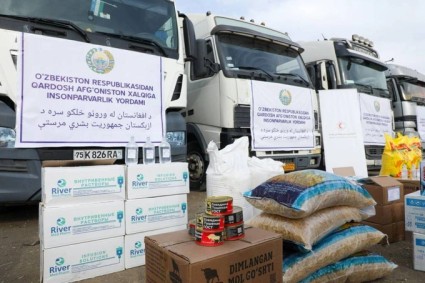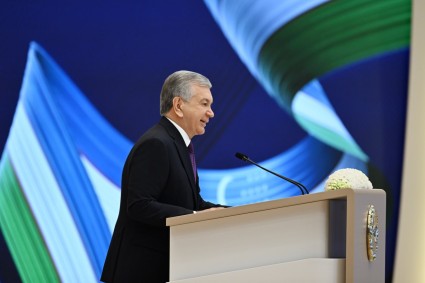Cooperation between the five Central Asian countries is vital for sharing limited water resources, balancing energy needs of upstream countries with agricultural needs of their downstream neighbors and finding common solutions to water resources management, according to the workshop in Tashkent, held under Central Asia Regional Economic Cooperation (CAREC) program. For the first time under CAREC program, development partners and regional agencies discussed potential areas of focus for water resources management in Central Asia that could also be supported through the CAREC platform.
The workshop served as an initial entry point for the CAREC pillar on water management and agriculture. It provided an opportunity to generate dialogue, share experiences from other regions, like Australia and the Mekong, on improved water resources management and build productive relationships among the development partners in water sector.
The Central Asian counties rely on sharing finite water resources of Amu Darya and Syr Darya river basins. These river basins provide 90% of the region’s river water, cover 37% of land area and is home to nearly 80% of the region’s population. Kyrgyz Republic and Tajikistan receive the most rainfall and have the highest water resources available relative to their size whereas Turkmenistan and Uzbekistan have the lowest rainfall and more limited internal water resources. Besides, the region is a major agriculture producer of water-intensive crops like cotton with over 60% of water resources used for agriculture.
Predictable climate change impacts for the region are significant. They include increases in average annual temperature by 2050, increased incidence of drought and lengthened dry spells. Climate change may further exacerbate existing water shortages in many parts of the region, leading to declines in agricultural production, land degradation, and increased risk of climate induced loss and damage from natural disasters.
“Given the Central Asian countries’ low rainfall and low water availability, and sharing the region’s existing water resources, water-related issues are becoming critical on regional context,” said Yasmin Siddiqi, Principal Water Resources Specialist of ADB’s Central and West Asia Department. “The workshop outcomes will help further guide us how water-related issues can be progressed among CAREC member countries with support from the international development community”.
ADB jointly with other development partners has undertaken sound work in water sector. Investments to the region today total $3.6 billion for flood management, irrigation and drainage, water supply and sanitation, hydropower and knowledge sharing. Since 2003, ADB has been supporting improved management of transboundary resources to facilitate water policy discussions, strengthen regional water management institutions, and on data sharing and cooperation.
In 2017, CAREC introduced water and agriculture as a pillar under CAREC 2030 Strategy, which further enhances the potential for better dialogue and engagement in addressing water scarcity and water productivity as a step towards future cooperation on regional water resources management. CAREC program will provide a trusted platform to engage all stakeholders to strategically address water issues in the region.















